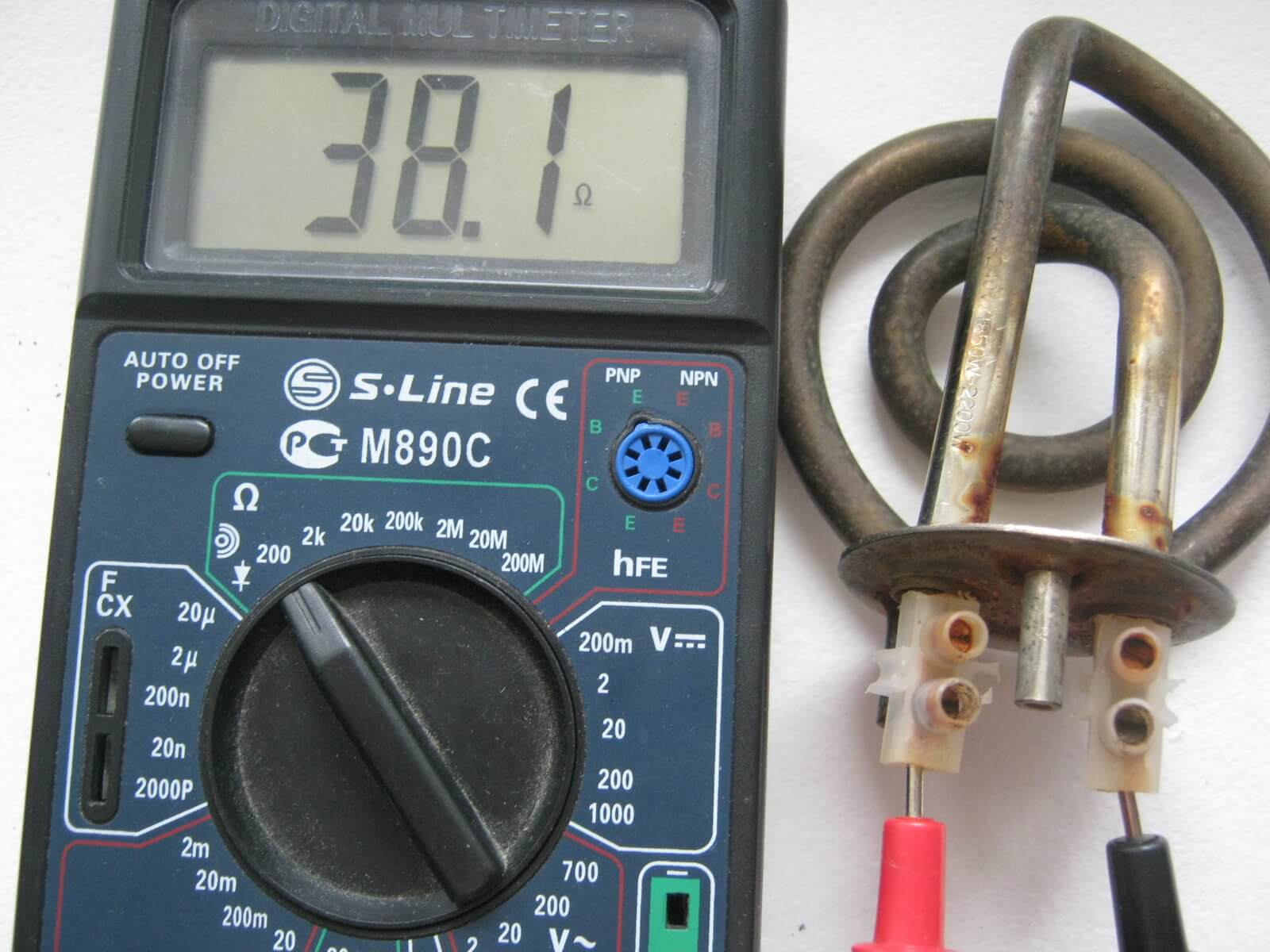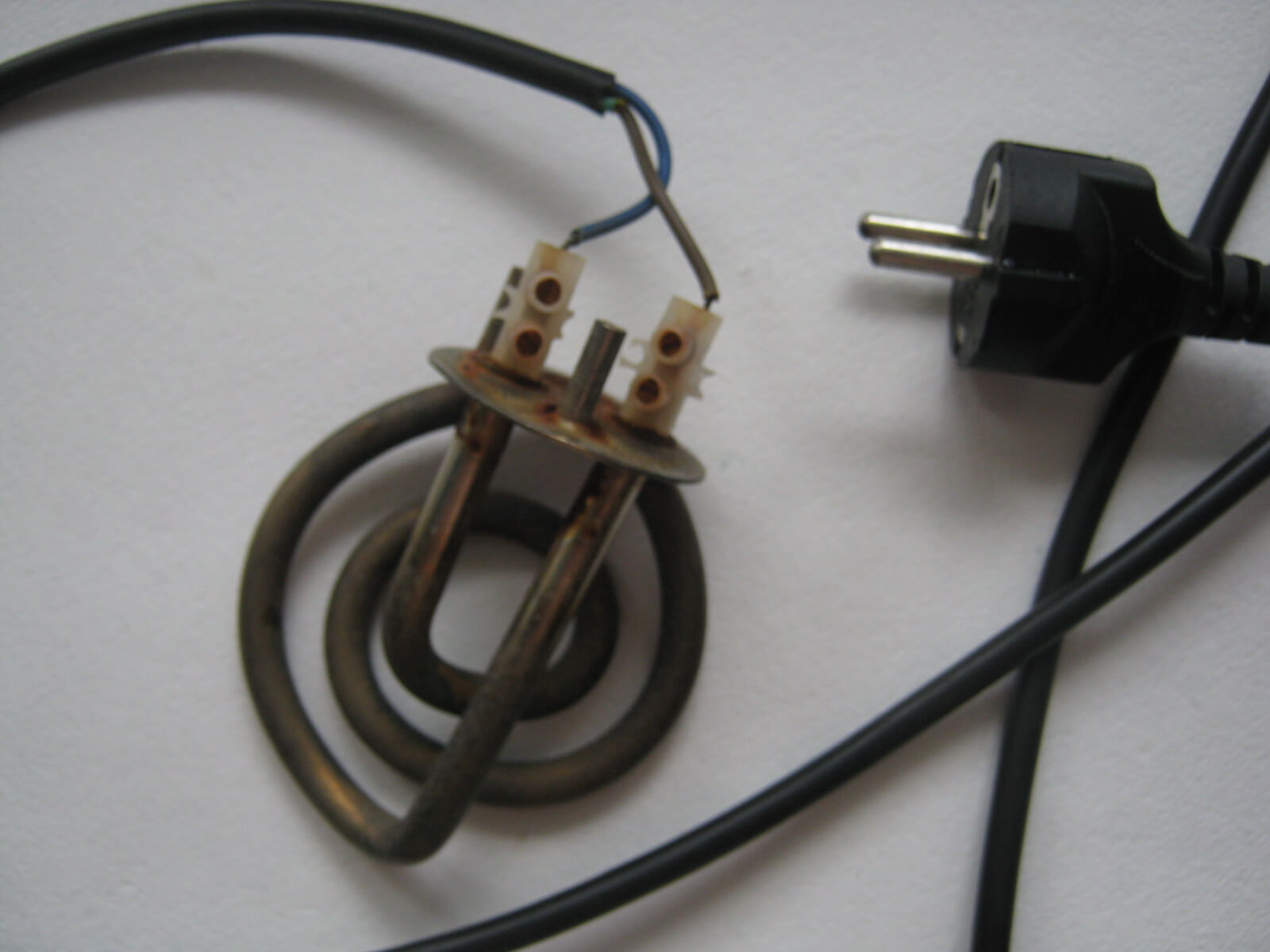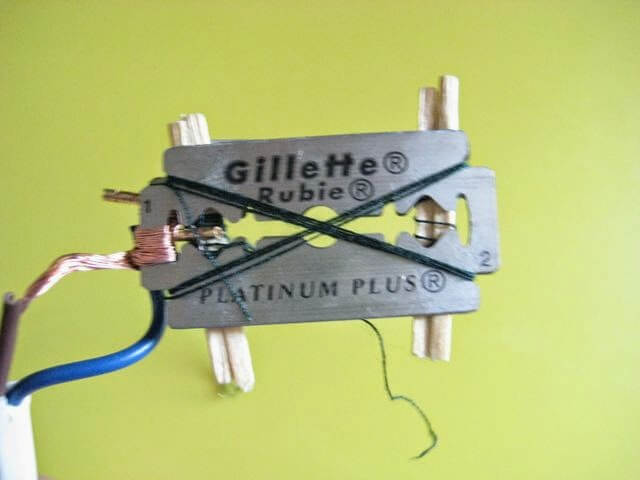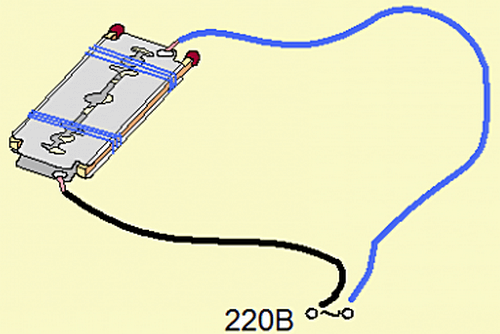2 ideas for assembling a homemade boiler
The adult generation and students probably know the idea of assembling a homemade boiler from two blades and a pair of matches. Such homemade products are very often used at construction sites, or in the army, dormitories in the absence of a normal boiler or stove. However, in addition to this method, there are several more options for making an electric boiler from improvised means. If you are interested in this topic, we suggest you familiarize yourself with the simplest instructions explaining how to make a boiler with your own hands at home. To make the information more understandable for you, we additionally prepared visual photos, examples and manufacturing schemes.
We use TEN from a teapot
The safest option is to use a heater from an electric kettle, such a part is very often sold cheaply on the market. If you have an electric kettle lying around that is leaking (either the button does not work), or it just has an unpresentable appearance, and you do not want to repair it, we recommend that you remove the heater from the design and make a simple boiler based on it.
In addition to the heater, you will need a two-wire cable with a plug, which you can also take from a kettle or any other household appliance located at home. It is advisable to take the wire with a cross section of at least 0.75 mm2 in order to avoid its heating. To fasten the wire to the heater, you can use a soldering iron or what is even better - terminal blocksas shown in the photo below. In the second case, the manufacturing process takes literally 5 minutes, because all you need to do is to expose the wires and tighten the clamping screws on the pads.
Before using a homemade device, we recommend checking it - ringing with a multimeter. This should not be done under tension. Turn the multimeter into resistance measurement mode. First ring the heating element itself, then connect the wires to it and re-measure the resistance.
If everything is in order, you can try to use a home-made boiler from the heating element of the teapot. The appearance of the device should be something like this:
Remember that the terminals and exposed parts of the wire are not recommended to be immersed in water, this can lead to their rapid destruction. When using the appliance, under no circumstances should you touch the heating element and water, they may contain a life-threatening mains voltage. All manipulations with the device can only be performed when it is completely disconnected from the network.
Classic homemade blades
Immediately draw your attention to the fact that an electric boiler made of blades is very dangerous. Use it with extreme caution. It is strictly forbidden to heat with such a device water in a metal bowl or salty liquids, solutions. Otherwise, it may result in electric shock or network congestionbecause the wires in the water are bare.Another point - to use this homemade product is recommended only for heating bathing water, for brewing tea it is better to make a boiler according to the previous instructions, since when the device is working, a small amount of metal salts from which the blade is made get into the water.
So, step by step with photo examples, consider the assembly process of the device. First of all, we prepare a two-core cable with a plug. If not ready at hand, use a two-wirePVA wireby screwing on one side a collapsible electric plug. It is advisable to take the wire with a cross section of at least 0.75 mm.kv. in order to avoid its heating.
After that, we clean the wires and fasten them to the blades, trying to do this as tightly and reliably as possible, as shown in the photo below:
Next, knit four matches with a thread and place these matches between the blades to prevent short circuit between them and provide some distance:
We connect the entire structure with threads, make sure that the connection is correct, after which you can check. Start with the utmost care.
As a rule, water in a three liter glass jar heats up in a few minutes.
You can clearly see the manufacturing technology in the video below:
By the way, according to a similar scheme, you can make a boiler with your own hands from bolts, clerical knife blades, spoons, nails, or even metal plates. The principle of operation and the wiring diagram will be similar. The main thing is to ensure that there is no contact between the two blades (or whatever you have), otherwise a short circuit will occur.
That's all I wanted to tell you about how to make a boiler with your own hands at home. Nevertheless, we strongly recommend using only factory products, and even better - an electric kettle, which will be an order of magnitude safer. We provided these step-by-step instructions for informational purposes, and to apply these methods in practice only in extreme situations, when there is no alternative.
It will be interesting to read:


















You can use a resistor C5-36V 100 75 Ohm as a boiler. The power of one resistor will be approximately 500W.
Can I use copper plates?